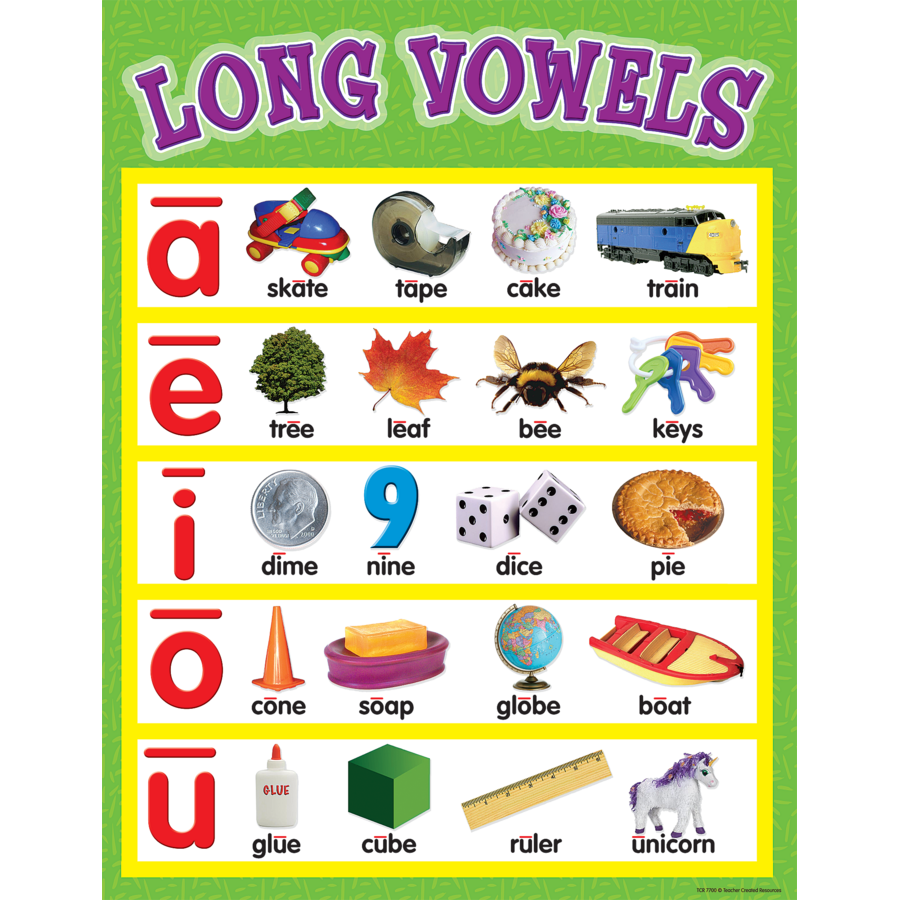


The ability to use a vowel chart and adjust your tongue position is a huge help in this process, but ultimately it’s just a means to an end. There’s no doubt that forcing your brain open to hear new sounds can be challenging, so we have to be clever about it. And it’s easy to believe that when you’re stuck at the steepest part of the learning curve. It’s easy to believe that when you start learning something new. I often hear people make arguments about how adults can’t learn new things. The good news: you CAN learn to hear and speak these new sounds with practice.ĭon’t ever let anyone convince you otherwise. It’s important to note that at first, you will NOT be able to accurately perceive foreign sounds.ĭuring your childhood, you started to lose sensitivity to sounds that were not relevant to your native language.Īs a result, foreign sounds get absorbed into the sounds you are already familiar with, the way the /ɪ/ vowel gets absorbed into the /i/ for adult native Spanish speakers. So as a native English speaker, I know that I must move tongue slightly down from the /o/ vowel, but not so much that I start making an /ɔ/ sound: As you can see from the chart below, the Spanish /o/ is more open than the English /o/, but still not as open as the /ɔ/ sound from the English word “awe”. Once you know where the target-language vowel is in relation to your closest native-language vowel on the chart, you can see the direction you need to move your tongue for the correct sound. This can be challenging for adults since we develop strong hearing and speaking habits in our own native language. But this is where vowel charts come in handy. When you learn a new language, you will need to tune your articulation to a new set of vowels. When you move from /u/ –> /i/, you are extending your tongue forward from a more FRONT soundĮvery language has its own set of vowels, and each of these vowels has its own tongue position.When you move from /i/ –> /u/, you are retracting your tongue backward for a more BACK sound.


 0 kommentar(er)
0 kommentar(er)
